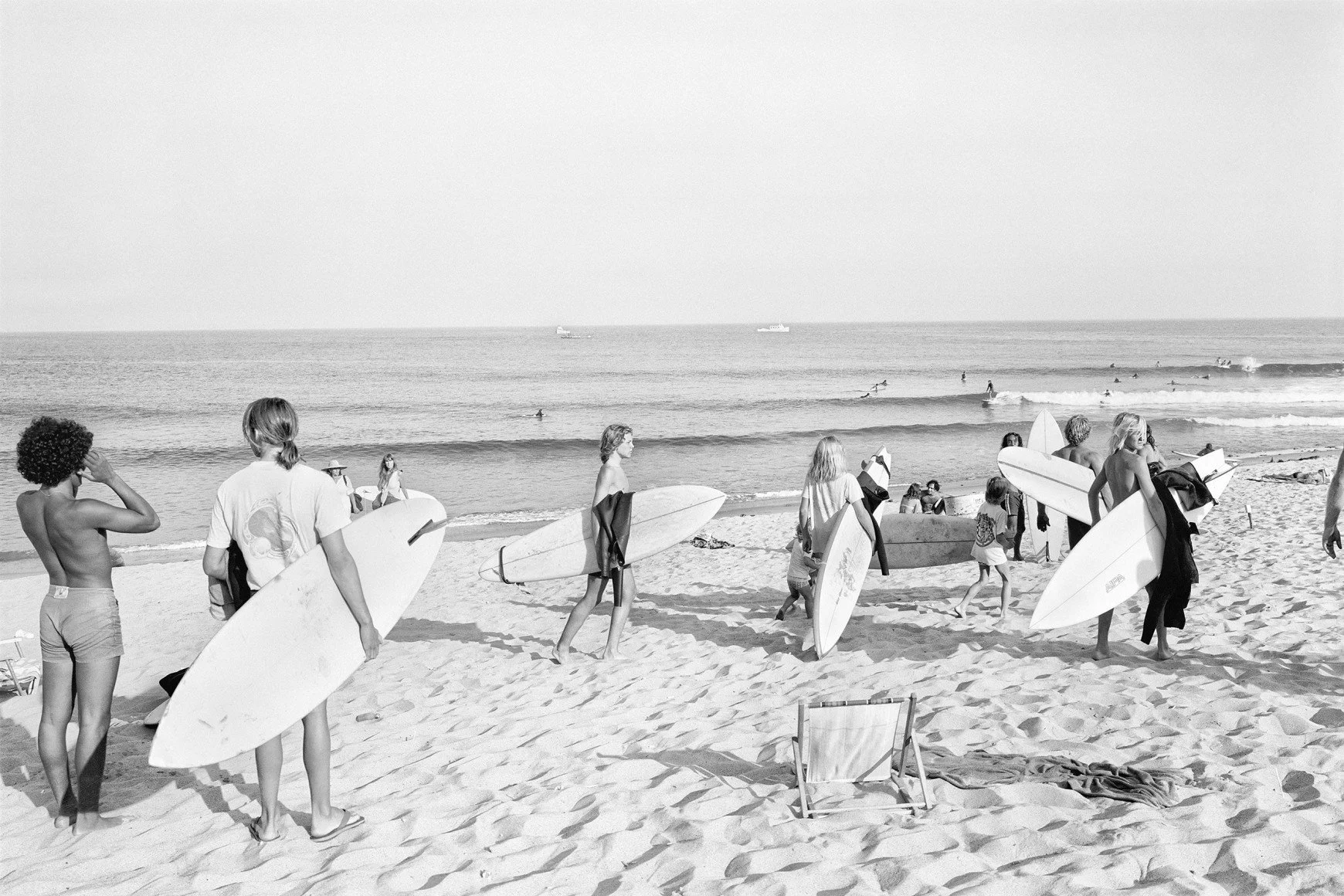Photo Journal Monday: Rinchen Ato
Rinchen Ato, Lama Dance 2, Here a white Mahakala dances, signifying that through compassion, spiritual and material poverty can be eliminated bringing abundance. Hundreds of people gather to watch as the monks perform, not only to receive the merit but it’s also a great opportunity for friends and family to catch up.
Images and text by Rinchen Ato
Photo Edited by Yanting Chen
The Monastery is a selection of images captured across nearly two decades of visits to my father’s homeland and part of a wider project, Kham. Nezang Monastery is perched on the side of a mountain overlooking the village of Thokar, in Kham, Eastern Tibet. This work gives a rare glimpse into a precious community, exploring a fast evolving culture, through a narrative of home and heritage. A society often depicted as foreign or ‘other’ is presented here by one to whom it is familiar.
Tibetan monasteries played, and still do play, an important role within the community. Until 1959 monastic life was the only access to education and, in a country in which there were neither hospitals, undertakers nor a public health care service, these responsibilities fell to the monasteries. The relationship between monastery and laity was by no means restricted to times of stress and sorrow; the Tibetan calendar is filled with religious festivals and happy celebrations.
Rinchen Ato, Lama Dance, The young skeleton dancers or Ging Ru get ready to go out at the Tse Chu, ཚིས་བཅུ།, Lama Dance Festival at Damkar Monastery, Jyekundo.
Rinchen Ato, Gingru, One of the four skeleton dancers at the Tse Chu, ཙིས་བཅུ། Lama Dance Festival at Damkar Monastery, Jekundo. Their presence, among other things, reminds the audience of the transient nature of life, including states of mind and the body itself, the ephemeral nature of this world and of their own mortality.
Rinchen Ato, Karma
Rinchen Ato, Tulku Ngudrup, Tulku Ngodrüp was recognised as the reincarnation of a Tibetan Buddhist teacher aged 7. He came to live in our family home as my cousin, who is a monk at the same monastery, was selected to be his teacher. China has introduced a policy that children up to the age of 16 must attend school, including those who are to receive religious training. My Father, who was also recognised at 7 years old, thinks this is really important for the Monasteries to keep up with modern life.
To have a formal religious training and a school education will give the future generation of Tulkus an advantage but, and this has always been the case, it’s a huge responsibility and pressure on small shoulders.
Rinchen Ato, Karma Coke, Karma scans the mountain opposite, searching for his father’s yak out at pasture. The year before it would have been him out there herding them, now his older brother has taken up the mantle again.
Becoming a monk is a foreign concept here in England, it’s common to think of the things that one would miss, partying, sex, love, starting a family etc. but in Tibet they see it differently. Life is often easier without the complications of a spouse, pressures are less without a family and most importantly for Karma, you get to play basketball everyday!
Rinchen Ato, Phunsok, A quiet moment as the early morning sun rises, Phunsok, a young monk, takes his tea. The first morning job in any Tibetan kitchen is to make tea. Without it there is no breakfast as it is essential to make the staple Tsampa; roasted barley flour, butter, churra (a strong dried cheese).Tea is a massively important part of Khampa culture. You can’t visit someone’s house without being given a steaming cup to chat over which never falls below half empty before it’s filled again.
Rinchen Ato, Temple Roof, Every Spring the monks would pull the weeds from the traditional earthen roof of the temple and add more sand and earth to protect it from the harsh summer sun and winter snows. Now, after the rebuilding post-earthquake, none of the buildings are made in the traditional way so this skill and tradition has been lost.







